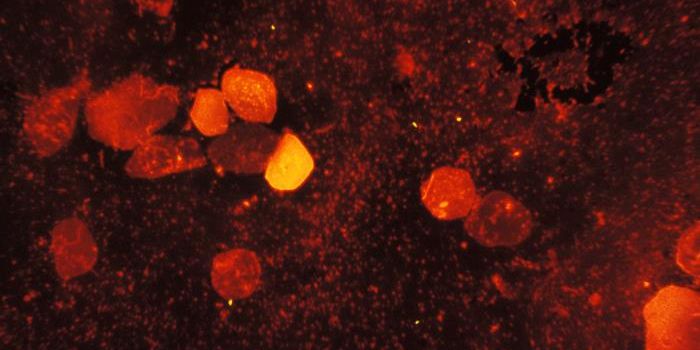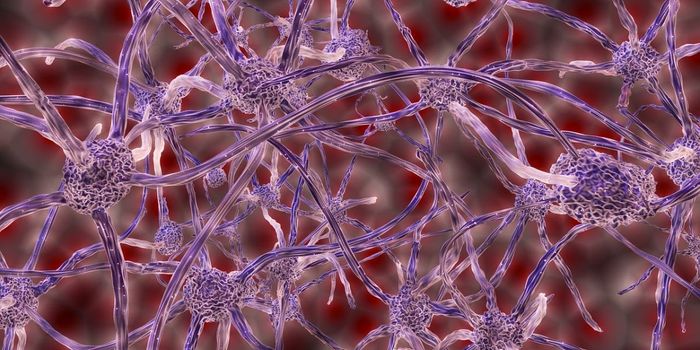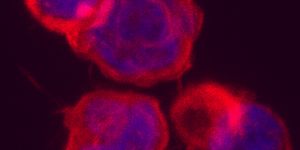Take twice a day, once in the morning and once before bed. Take with food. Do not exceed recommended dosage. Take one or more as needed daily. Do not take with alcohol or non-prescribed drugs without consulting your doctor. People who regularly take medications may be familiar with one or more of these pill bottle labels. However, the reasons behind these instructions are not as commonly known. Michele Battle, PhD, is a pharmacokineticist specializing in what happens to a pill capsule after someone swallows it, a journey she calls “the perils of a pill.”
What are “inactive ingredients?”
Many people may recognize certain active ingredients on pill bottles. Ibuprofen is for headaches, antihistamines can be used to treat allergies, and antitussives can soothe a cough. Pills also contain inactive ingredients, the compounds that help the active ingredient be absorbed where it needs to in the body in order to be effective. On a bottle of Advil Liqui-Gels, where the active ingredient is ibuprofen, there are also a few inactive ingredients that are probably unfamiliar to most people:
- FD&C green no. 3
- Gelatin
- Light mineral oil
- Pharmaceutical ink
- Polyethylene glycol (PEG)
- Potassium hydroxide
- Purified water
- Sorbitan
- Sorbitol
Although the number of inactive ingredients largely outnumber the active ingredients, none of these compounds actually alleviate a headache. These compounds fulfill various needs like pill color and labeling, pill coating and lubrication, and keeping the ingredients moist. Depending on what function the active ingredient in a pill is designed to provide, different inactive ingredients might be included with it to guarantee safe travel to the correct location in the gastrointestinal (GI) tract for absorption. The inactive ingredients disintegrate and dissolve along the way.
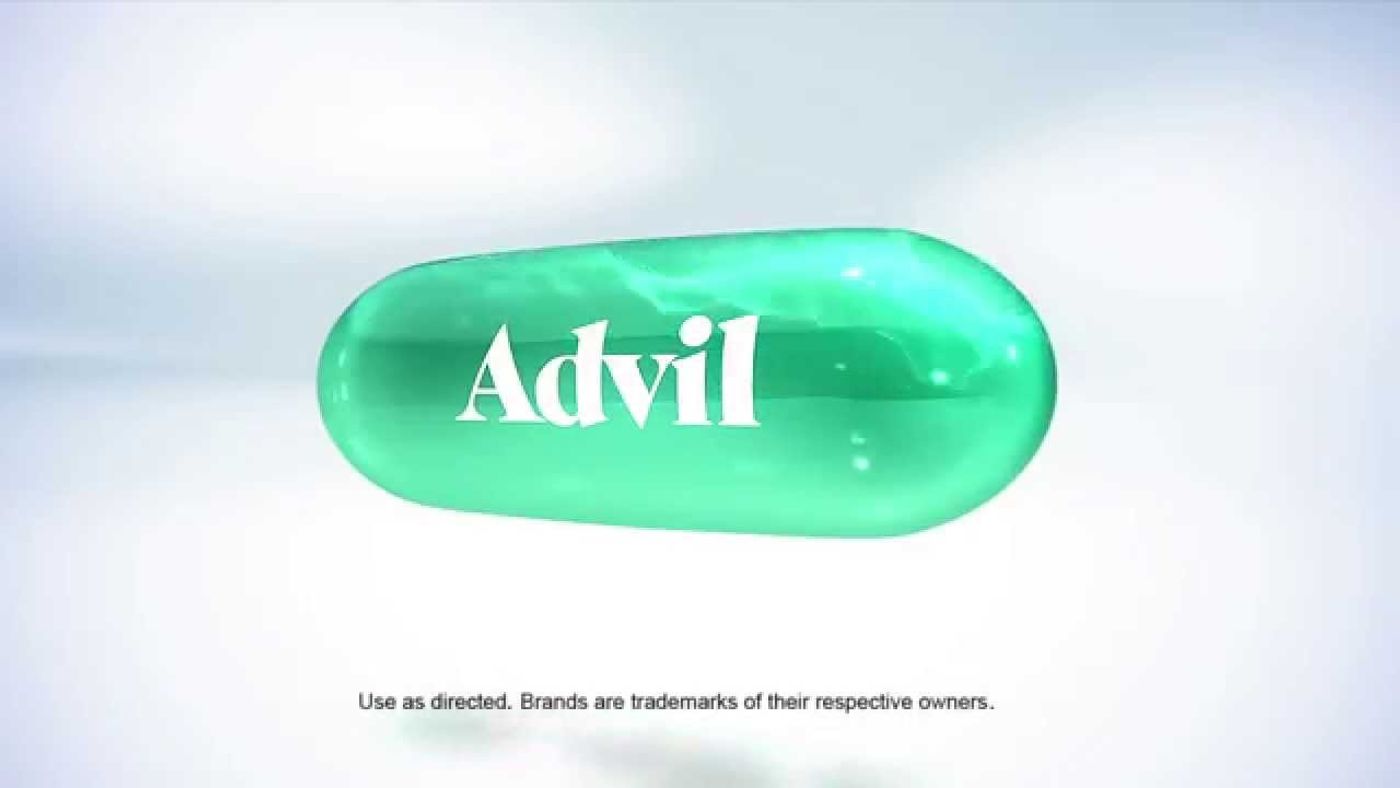
Specifically, for Advil Liqui-Gels, the FD&C green no. 3 and pharmaceutical ink provide the aquamarine color of the pill and the “Advil” labeling (
Drugs.com). The gelatin constitutes the physical capsule of the pill, along with light mineral oil and PEG to lubricate the outside of the capsule, making it easier to swallow. Potassium hydroxide and purified water help the contents of the pill dissolve efficiently, while sorbitan and sorbitol mask the unpleasant taste of all of the other ingredients.
Why should some pills be taken with food?
The GI tract, which extends from the mouth to the anus, compiles various organs with inconstant acidity levels. For example, the stomach’s “resting” pH is usually around 4 or 5, but while digesting a high-protein meal, the pH could be as low as 1 or 2. The duodenum, which is the section of the small intestine that receives material directly from the stomach, is much more neutral, with a pH of about 7 or 8. After a high-protein meal the stomach has to slowly release acidic material to avoid overwhelming the duodenum. “It really depends on how your drug is encased in that pill and what the coating is outside of it,” Battle says on how pills are predestined to dissolve and be absorbed in a specific place in the GI tract.
If an active ingredient is designed to be absorbed in the small intestine instead of the stomach, the pill coating must contain ingredients to protect the contents from being broken down in the high acidity environment of the stomach. Battle says that the duodenum is the primary organ for drug absorption. However, if the active ingredient should be absorbed in the stomach, taking the pill with food will stimulate the higher pH levels needed to break down the pill coating and absorb the active ingredients before it is passed to the duodenum.
Why should pills be taken with water?
In order for a solute, like salt, to dissolve, it must have a solvent, like water. The same theory is true for
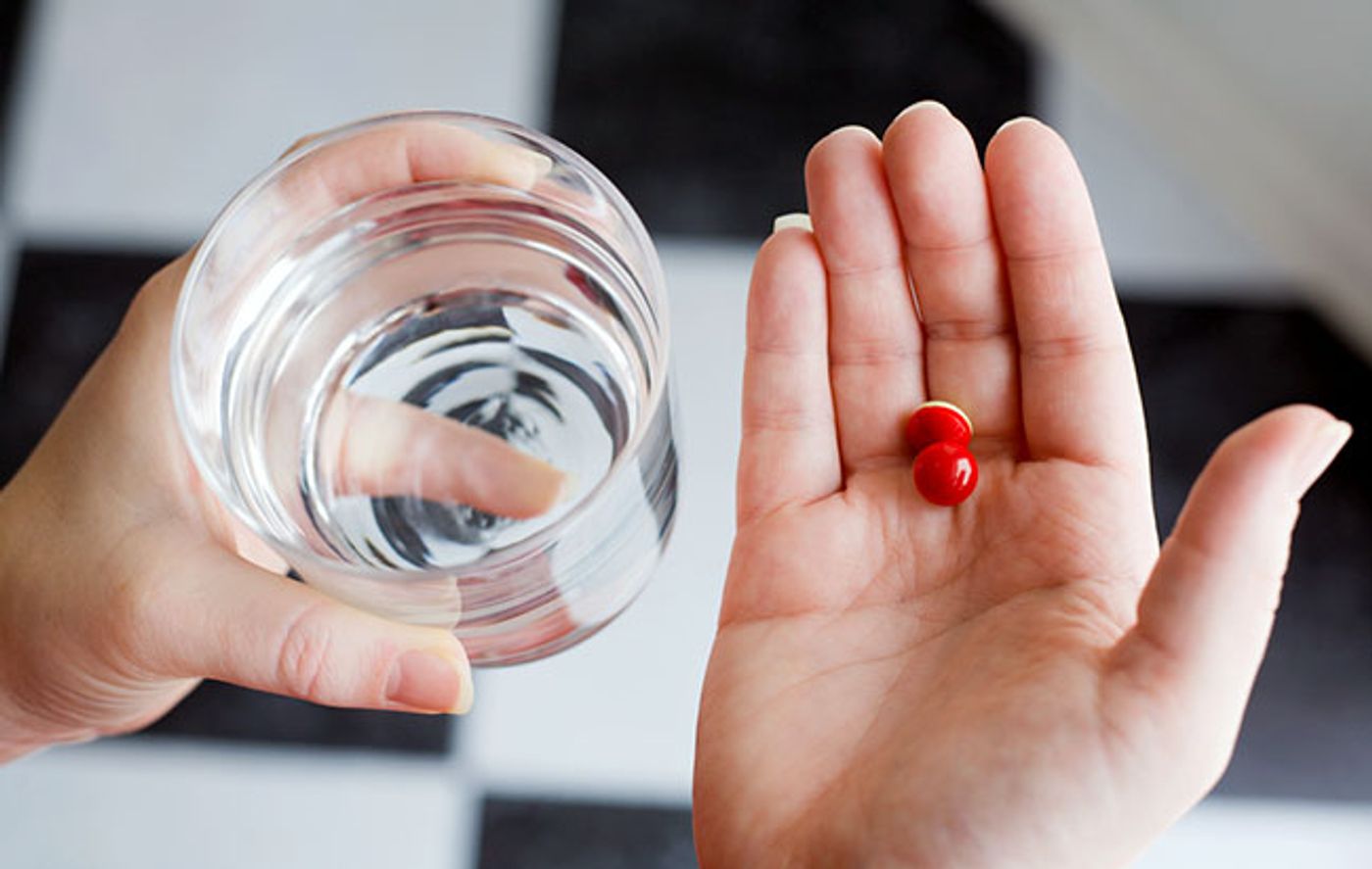
taking pills. Drinking water to accompany a pill into your GI tract is necessary for the drug to be absorbed. “You need volume,” Battle says, especially when taking multiple pills at once. “For a drug to be absorbed, it has to be in solution.”
The bottom line
Ultimately, because the natural goal of metabolism, says Battle, is to “get rid of things that aren’t supposed to be there,” the science behind creating effective pills is utterly complex. In addition to releasing material slower if the gastric pH is low, the stomach also empties liquids faster than solid material. Other factors that impact absorption include body position, other drugs being taken, how much a person eats, and if a meal is hot or cold (cold meals increase gastric emptying rate, hot meals decrease gastric emptying rate).
Certain pill coating ingredients interacting with these factors can increase the time a pill stays in the stomach. For example, most people taking medicine for head or body aches want the soothing effect to work as fast as possible, so a coating that increases time spent undissolved in the stomach would not make for a good pain reliever, especially if the active ingredient needs to reach the duodenum before it is absorbed.
Although it is reasonable to leave the complicated science of pill-making to the pharmacokineticists like Battle, following the instructions on a pill bottle will always be an important responsibility of the pill taker. “Consider reading the list of inactive ingredients on your pill bottle,” Battle says. “It can’t hurt to know what is going on inside your body when you take medicine.”
Source: Michele Battle’s talk “The Perils of a Pill” on February 9, 2016 sponsored by the
Charlotte Area Science Network


 taking pills. Drinking water to accompany a pill into your GI tract is necessary for the drug to be absorbed. “You need volume,” Battle says, especially when taking multiple pills at once. “For a drug to be absorbed, it has to be in solution.”
taking pills. Drinking water to accompany a pill into your GI tract is necessary for the drug to be absorbed. “You need volume,” Battle says, especially when taking multiple pills at once. “For a drug to be absorbed, it has to be in solution.”

